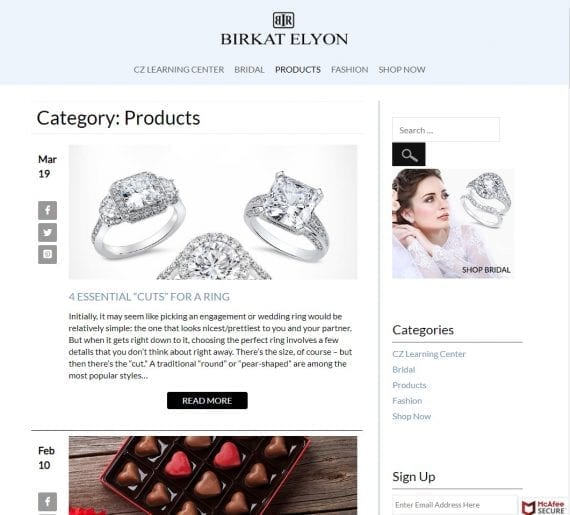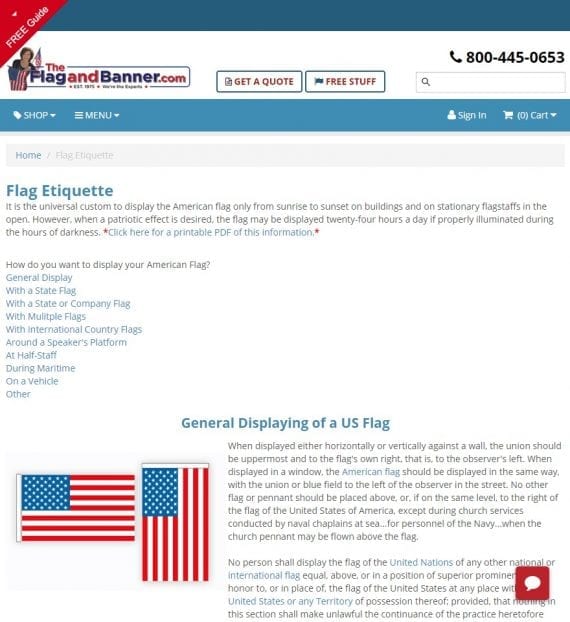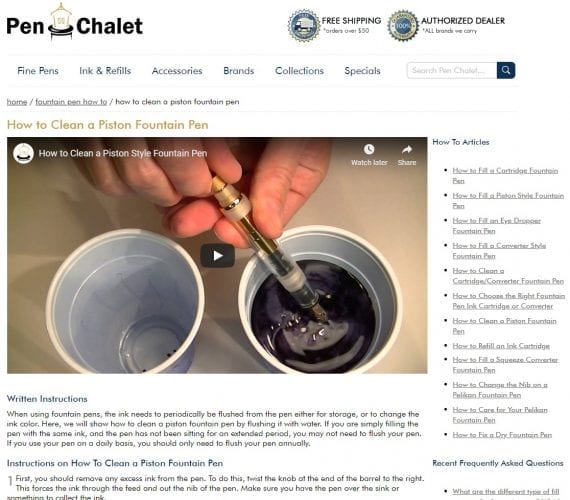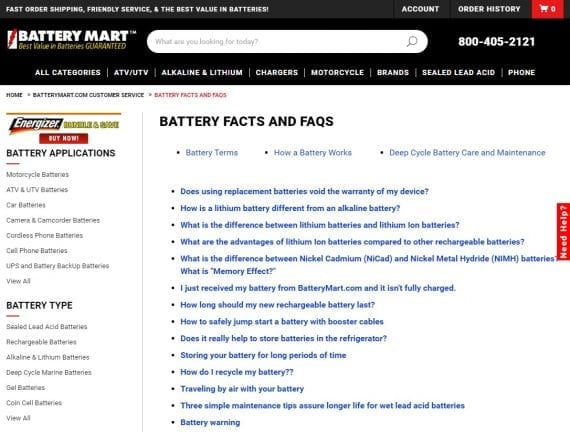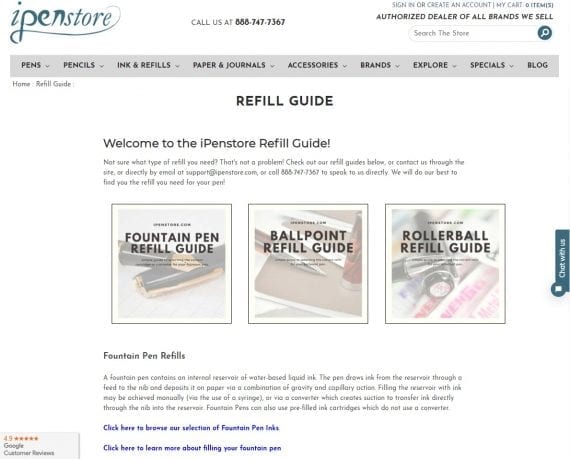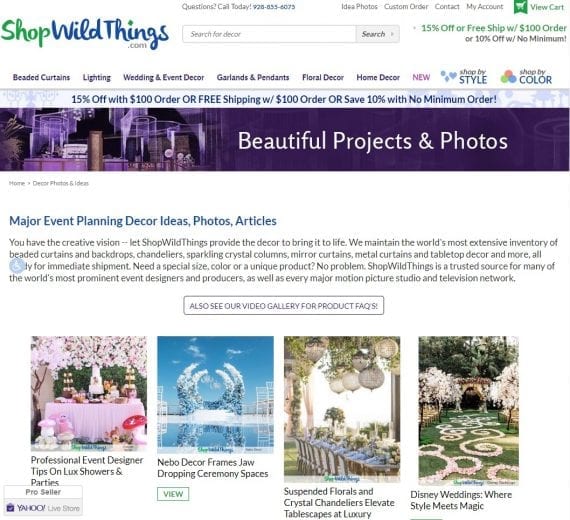Search engines remain the starting point for millions of online shopping journeys every Christmas. So, here are seven essential considerations for creating a winning retail SEO strategy during Peak.
1) Do your keyword researchDid you know that "Christmas Jumper" is the most searched for Christmas-related term in the UK during December?
One of the most important things your SEO team should have done - ideally before late summer - is to identify the popular and valuable keyword terms in your area of retail during Q4 and the Christmas peak. And then to optimise content on your product, category and sales pages to target those keywords. Obviously, there will be new keywords each season, driven by new shopping trends, new brands and new products – so make sure they're part of your strategy.
2) Attract 'top of the funnel' shoppers with informational contentAs well as building or optimising your product and category pages and Christmas sales pages to target searchers with transactional intent (i.e. those whose search queries indicate they have an immediate intention to buy), make sure you are creating content to attract traffic from 'informational' searchers.
These are searchers at the top of the sales funnel that are in discovery mode - who don't really know what they want to buy, yet. For them you need to build content to target phrases such as "Best Christmas gifts for him", "What kids really want this Christmas" or "Top 10 jewellery gifts for wives and girlfriends". And if you link these informational pages to your product pages you can try to lead informational visitors on to making a purchase.
3) Build content to attract backlinksYou also need to think about creating seasonal informational content pieces to help attract backlinks from blogs and online publications. As you probably know, backlinks from quality websites are viewed as a positive ranking signal by Google, so they'll help your pages rank higher.
Think about the types of seasonal content that are likely to get coverage and backlinks from media in your part of retail. This might include infographics with interesting facts and data related to the merchandise you sell for example, Christmas Calendars or even guest blog posts and shopping guides by well-known experts in your sector.
4) Target image searchAccording to Google, 50 per cent of online shoppers say images of products inspired their purchases - and shopping at Christmas can of course be a very visual experience. People are inspired by strong imagery and you need to capitalise on this in your search strategy.
Make sure you prioritise high quality product photography across your site and ensure your SEOs optimise them to show up in Google image search results. In fact, Google has revamped its image search facility to help people to browse products images more easily and also to find product details, prices and reviews for products featured in images.
5) Spread the 'link juice' love with good internal linkingIn point 3) I mentioned the importance of backlinks for helping pages rank higher. You can spread the power (or link juice) of those backlinks to other pages by good internal linking. One of the most common mistakes webmasters make is to create content for big events such as Christmas shopping and not integrating these pages into the taxonomy of the site.
This obviously includes updating your site navigation to incorporate your Christmas category and landing pages, as well as including plenty of relevant anchor text links to link your seasonal content where it makes sense.Internal linking to your seasonal shopping pages is absolutely critical to success. Not only will the internal links help shoppers who land on those pages browse your site more easily and naturally, they will also help to spread the link juice to help the whole site rank higher.
6) Don't forget socialRemember too that while Google is huge for holiday search, social sites such as Pinterest and Instagram are turning into search and product discovery destinations themselves, especially when it comes to visual search. Make sure you're sharing strong visual content on them and making them a part of your overall search strategy.
7) Start launching and optimising seasonal content earlyIn an ideal world you should have been planning and launching seasonal content by late summer. And if you are refreshing or tweaking existing pages to give them a seasonal spin that should also be done as early as possible.
This is because it takes time to for Google to index and evaluate pages and rank them and also to earn the backlinks that Google takes as a positive ranking signal. In fact the indications are that UKs Christmas shopping habits are changing - with many people starting their shopping earlier and earlier. So being extra early with your SEO and content strategy is even more important.
Of course, there will always be some content and promotional ideas that emerge late in the season - which may struggle to gain organic rankings in good time. So, you should save some of your Google AdWords budget to help drive traffic to those pages via paid search.
Author: Björn Darko, director digital strategies group, EMEA, Searchmetrics. Picture credit: Fotolia RSS Feed
RSS Feed Twitter
Twitter














 Boost your site's search results with these online courses.
Boost your site's search results with these online courses. 









